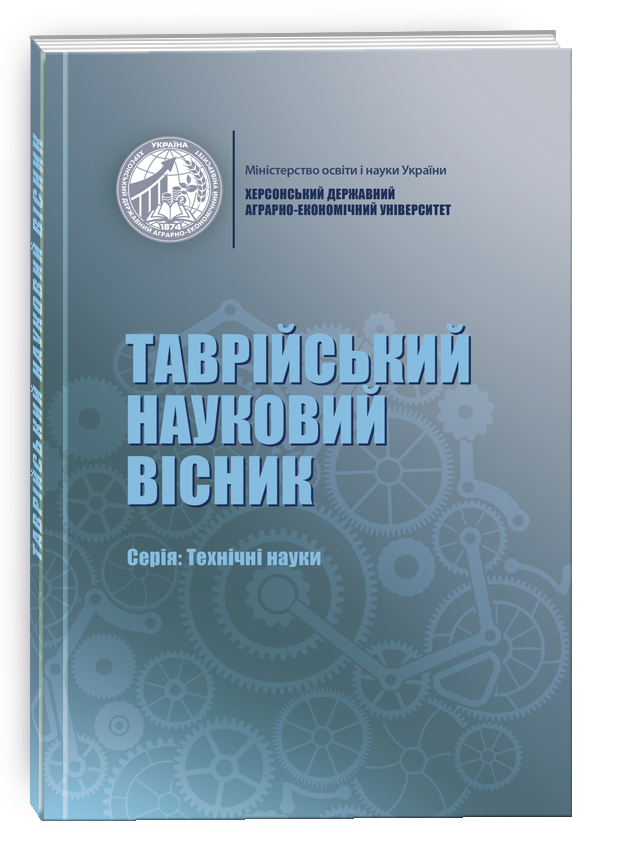OPTIMIZATION OF QUARTZ REACTOR CLEANING TECHNOLOGY FOR BORON DIFFUSION IN THE PRODUCTION OF SEMICONDUCTOR DIODES
DOI:
https://doi.org/10.32782/tnv-tech.2023.6.25Keywords:
quartz reactor, borosilicate glass, boron diffusion, impurities, water vaporAbstract
Quartz reactors as part of diffusion furnaces are widely used in the production of semiconductor devices and integrated circuits for carrying out processes of thermal oxidation, diffusion of impurities, various high-temperature annealing. In the production of p+-n diodes, quartz reactors are used for boron diffusion. In the process of diffusion, borosilicate glass is formed on the inner walls of quartz reactors and in the pores of quartz, which is a good hetero. At boron diffusion temperatures (900–1200°C), borosilicate glass intensively adsorbs various impurity atoms, gases and vapors. Since diffusion quartz reactors, boats and substrates during operation are heavily saturated with diffusant and other polluting impurities, and high temperatures and prolonged contact with chemically active gas environments cause vitrification and increased porosity of quartz, the adsorption capacity of its surface continuously increases and the equipment becomes an uncontrolled source of impurities. In addition, the surface of the quartz is destroyed and the resulting crumb contaminates the surface of the semiconductor wafers being processed. It is shown that the reason for the unsatisfactory cleaning of quartz reactors during their processing in acid chlorinated water is the formation on the inner surface of the reactors of poorly soluble compounds of the Si-B type, which are usually formed on the surface of quartz during boron diffusion processes. The proposed technology for cleaning the quartz reactor using its additional steam treatment before chemical treatment is considered in detail. It was established that preliminary treatment of the inner surface of the reactor with water vapor in the temperature range of 700–800oC for 15–30 minutes makes it possible to reduce the viscosity of borosilicate glass, which ensures its complete removal from the surface and pores in quartz during the subsequent treatment in hydrofluoric acid. The experimental results of the study of the impact of the developed quartz reactor cleaning technology on the characteristics of diode structures manufactured using the research reactor are presented, and its effectiveness in reducing the level of reverse currents and increasing the output of suitable diodes is shown.
References
Маслов А.А. Технология и конструкции полупроводниковых приборов. М.: Энергия, 1970. 296 с.
Мокеев О.К., Романов А.С. Химическая обработка и фотолитография в производстве полупроводниковых приборов и микросхем. М.: Высшая школа, 1979. 272 с.
Литвиненко В.М. Фізика та технологія напівпровідникових діодів. Монографія. Херсон : ФОП Вишемирський В.С, 2018. 184 с.
Литвиненко В.М., Вікулін І.М. Вплив властивостей поверхні на зворотні характеристики напівпровідникових приладів. Вісник ХНТУ, 2018. Т. 64. №1. С. 46–56.







